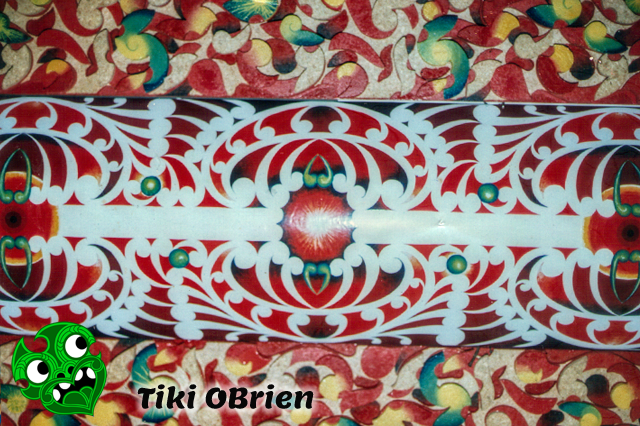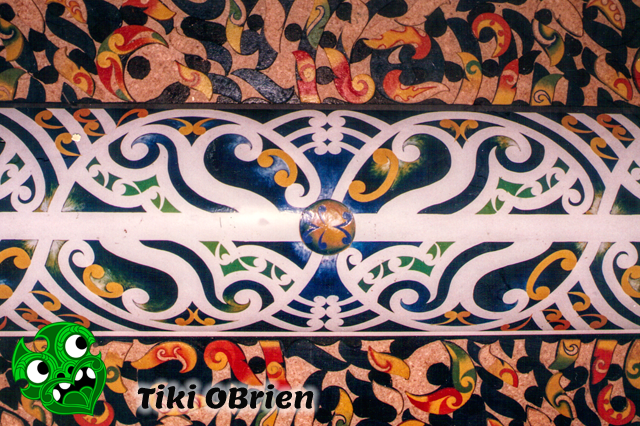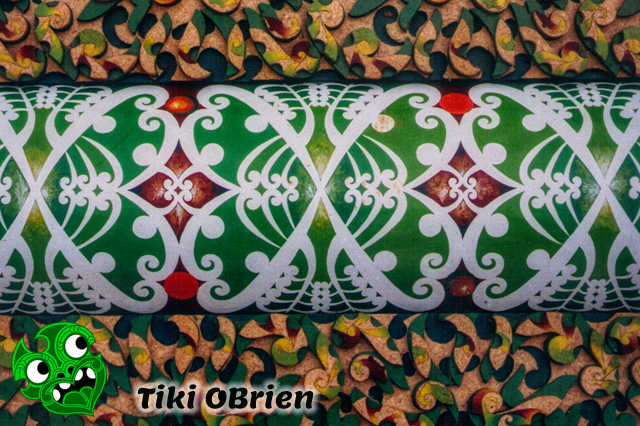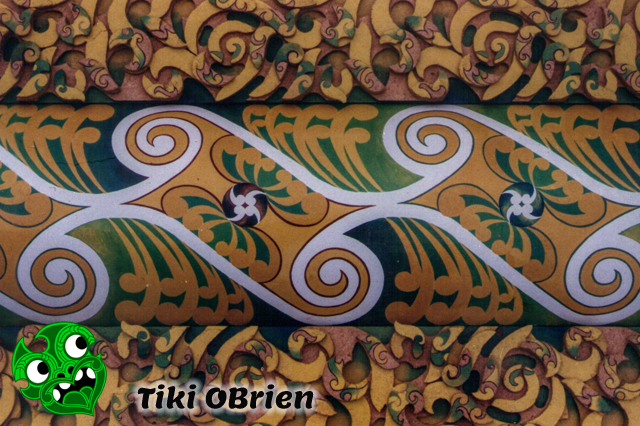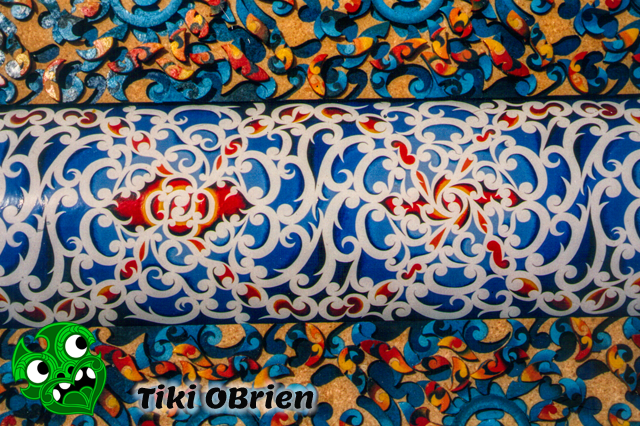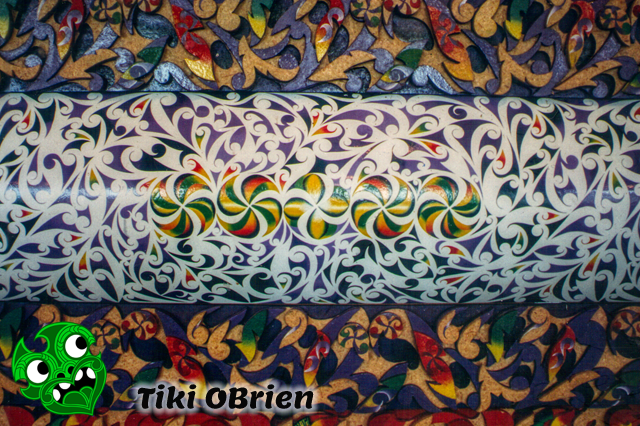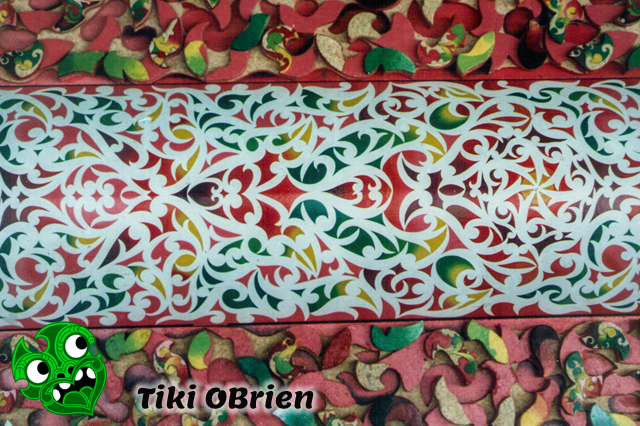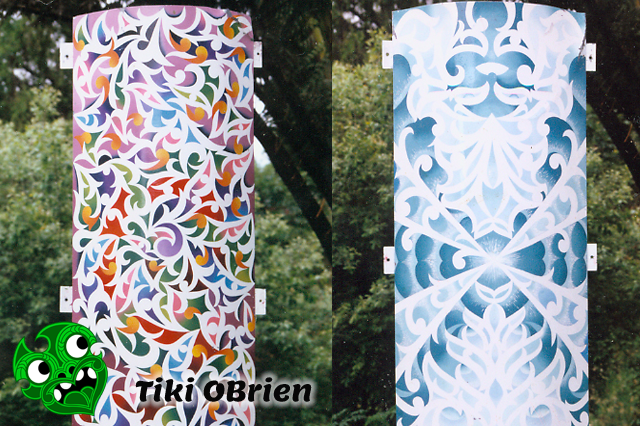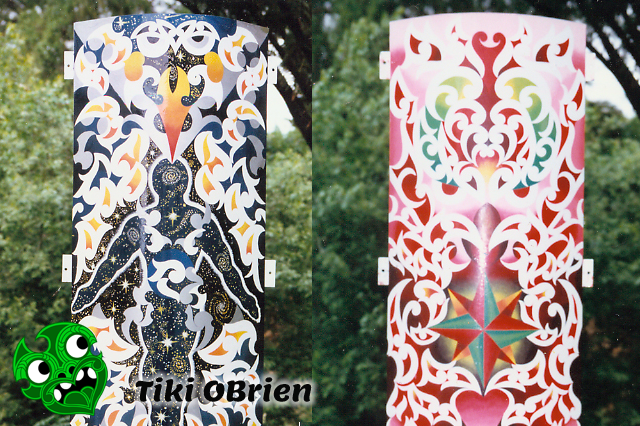The term "Kowhaiwhai" refers to the scroll-like patterns used to decorate the rafters panels that adorn the interior of traditional Māori meeting houses (wharenui). The tradition of kowhaiwhai has a rich history in Māori culture, dating back many generations.
This intricate and beautiful art form is characterized by its use of geometric patterns and designs that have both aesthetic and cultural significance. In the past, kowhaiwhai was used to decorate meeting houses, canoes, weapons, and other objects of importance to Māori communities.
The patterns often depicted historical events, legends, and genealogies, serving as a way to preserve cultural knowledge and traditions. Today, kowhaiwhai has been revived as a popular art form, and its intricate designs can be seen adorning a variety of contemporary objects, including clothing, furniture, and jewelry.
It is an important part of Māori cultural identity and is frequently used in cultural performances and ceremonies. Kowhaiwhai represents much more than just a decorative element. It is a symbol of Māori heritage and cultural pride, serving as a reminder of the rich history and traditions that have been passed down through generations.
Whether it is painted or carved, kowhaiwhai is a genuine work of art that showcases the skill and creativity of Māori artists' complex, requiring a great deal of skill and patience.
Samples of heke panels with kowhiawhai designs. Designed and painted 1985 - 1995
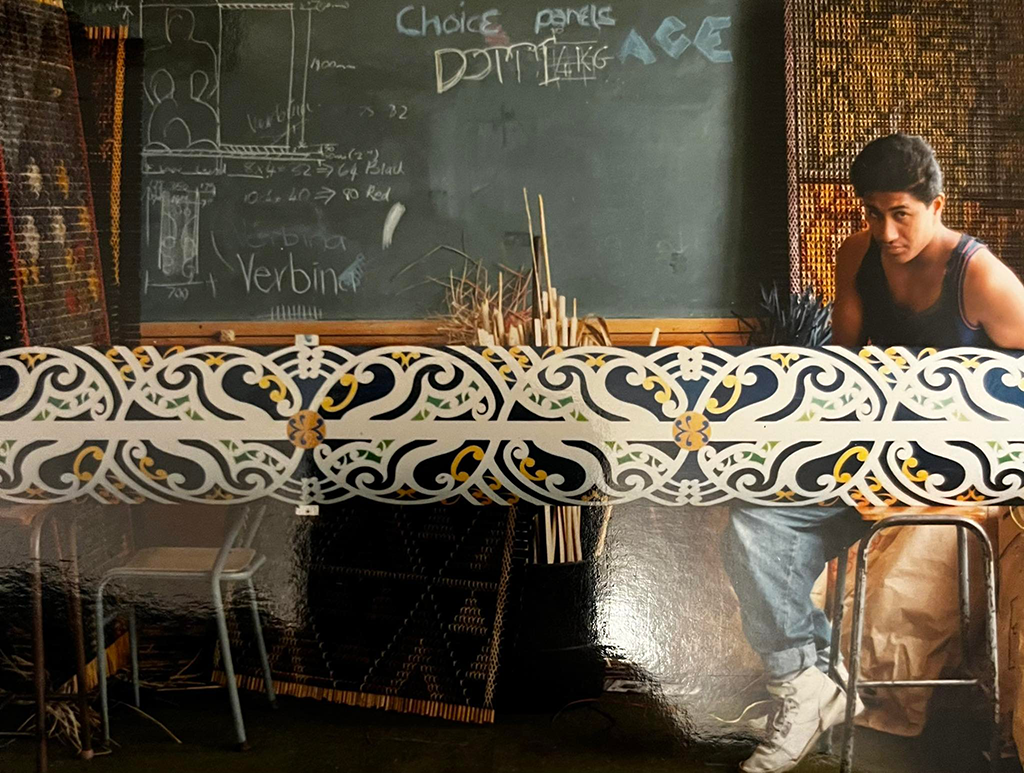

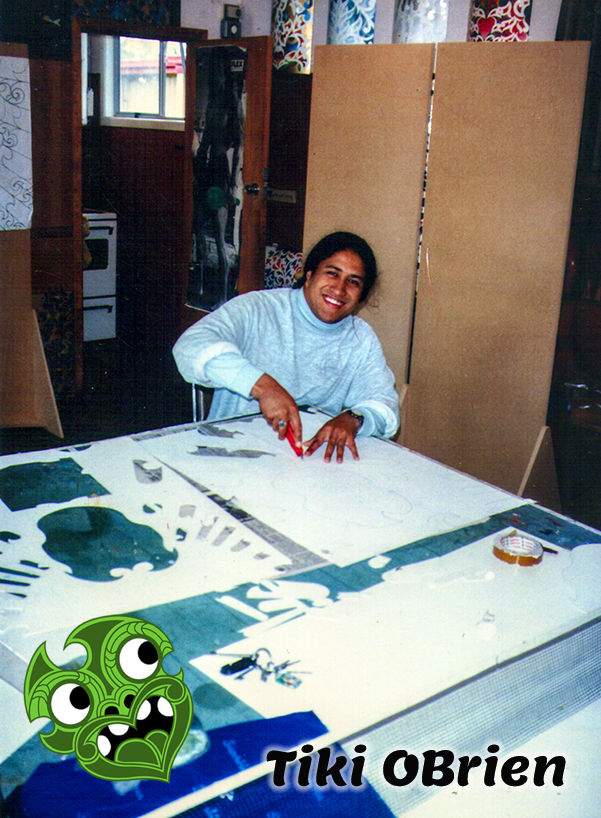
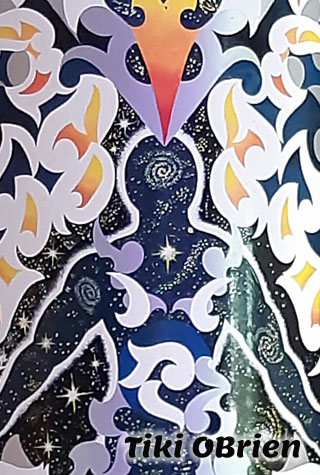
Close up detail
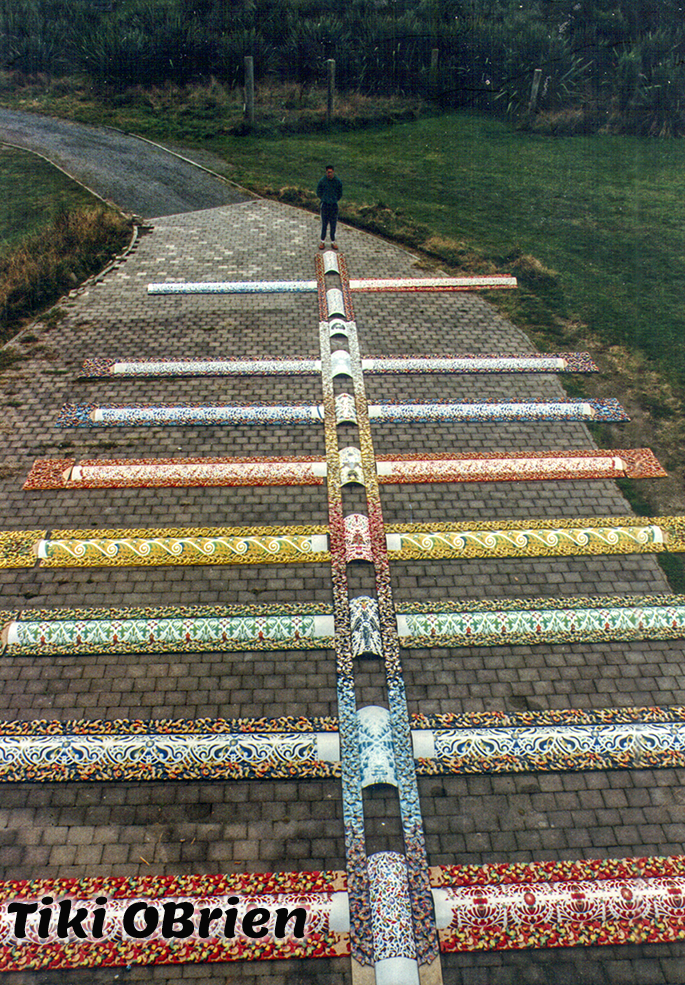
- All
- Sample- 1
- Sample- 2
- Sample- 3
- Sample- 4
- Sample- 5
